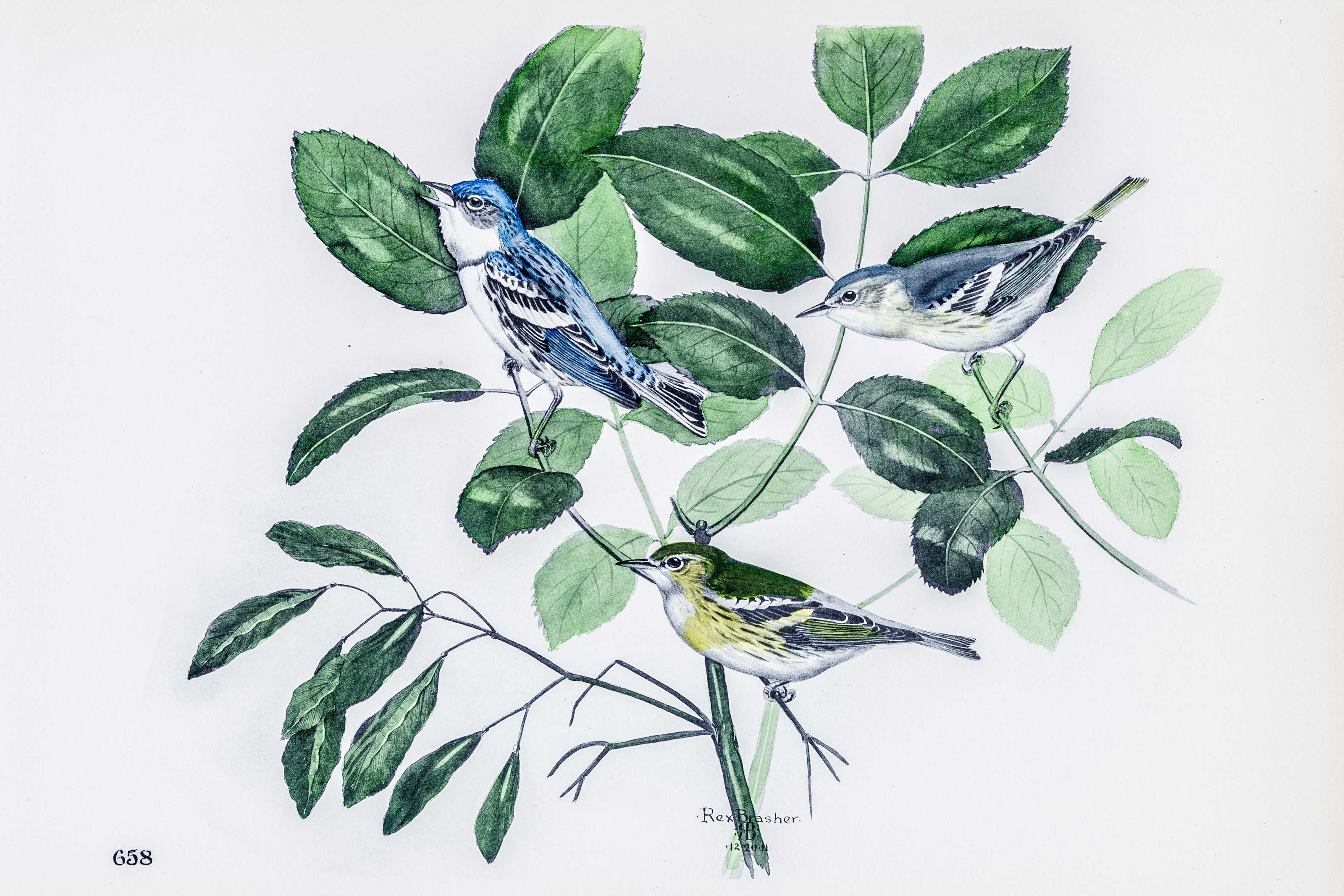
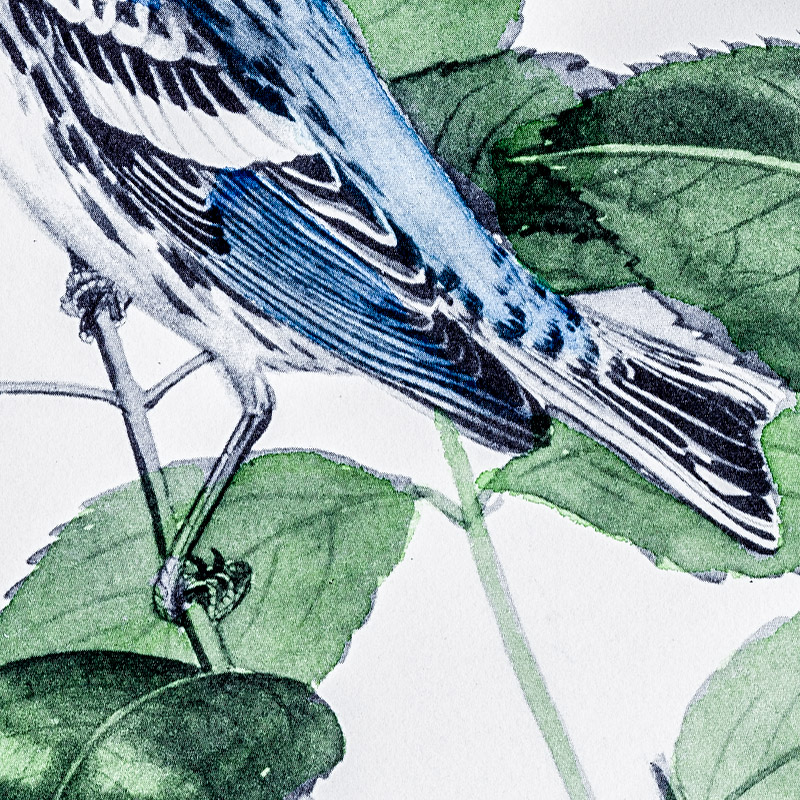
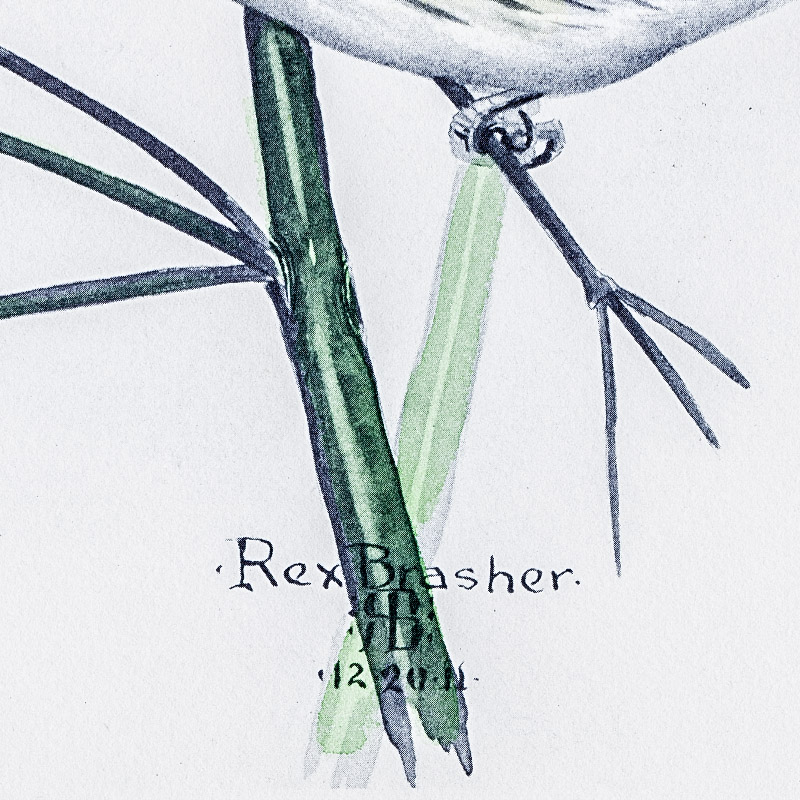
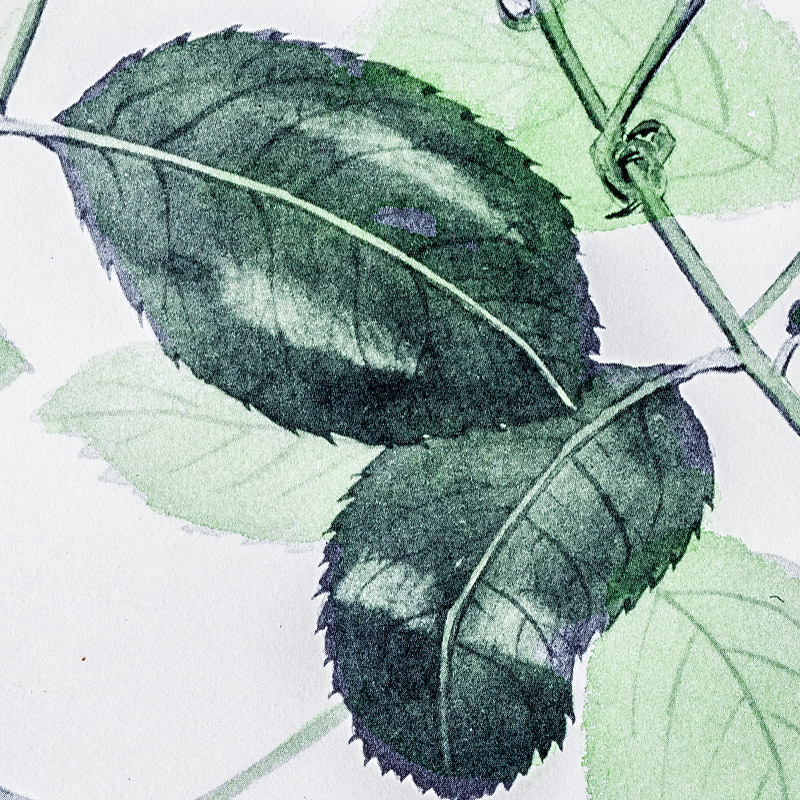
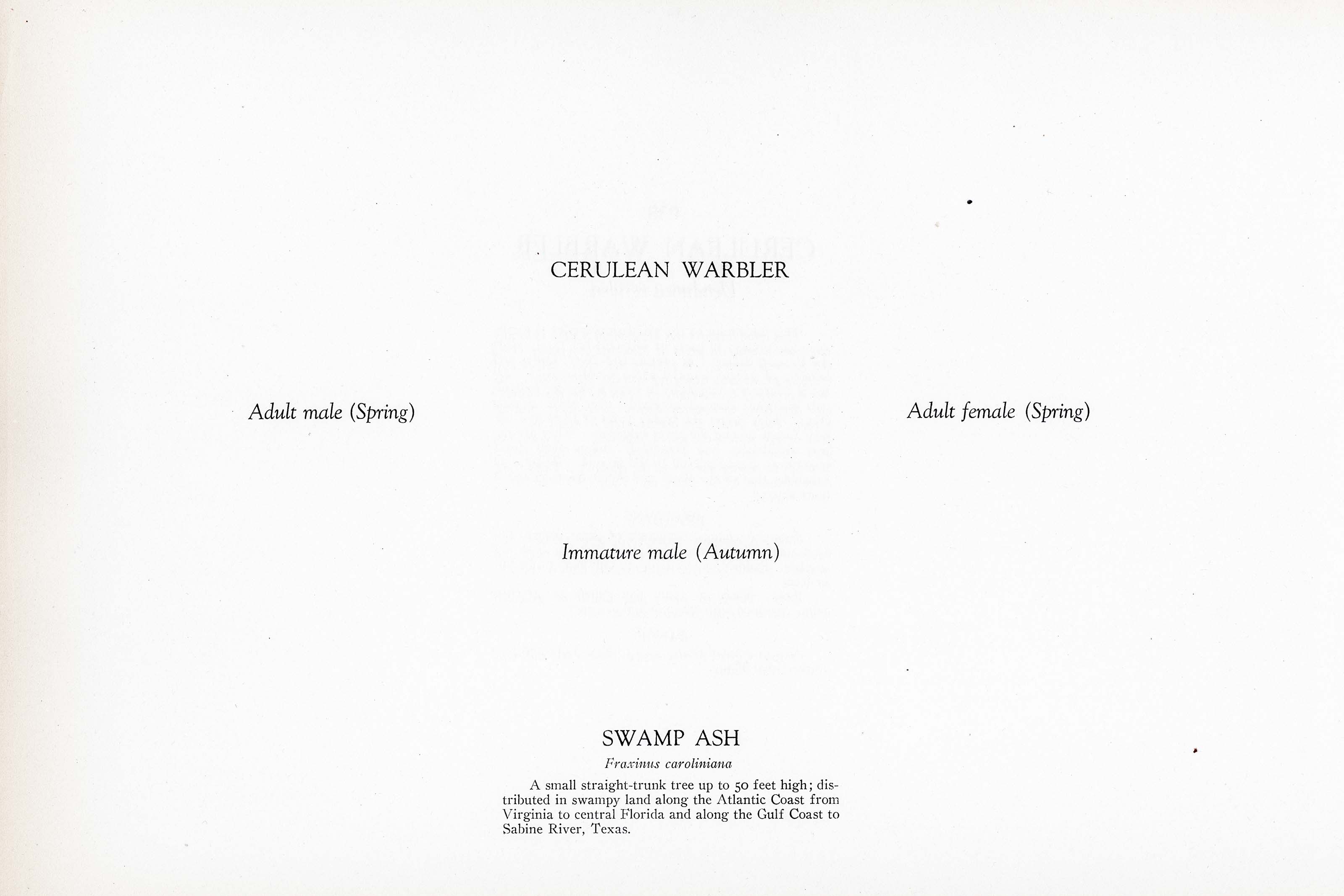


1911
1930
11
658
A team of dedicated board members, volunteers, and student interns has published every page in Volume 9. This volume includes 360 images of paintings and lyrical descriptions of birds, now available online for everyone to enjoy anywhere in the world. This is a monumental task. Each volume requires approximately 400 hours to photograph, edit, transcribe, catalog, and publish online. We need your support to complete this work.
If you're tech-savvy, have a good eye, are meticulous with details, and love structured data, please consider volunteering by emailing us at hello@rexbrasher.org.
We encourage all bird lovers and supporters to consider a monetary donation to support our mission to make Rex's work available for everyone. You can provide a one-time or recurring donation online.
This inhabitant of the Mississippi Valley is locally common, notably in parts of Missouri but rarely visits the Eastern States. It prefers the river vallies and hillsides of streams emptying into the Mississippi. Altho it migrates occasionally in small flocks, the individuals distribute themselves evenly over their nesting areas. They prefer the higher parts of trees and seldom forage among the lower branches. They are expert flycatchers and frequently follow their insect quarries in zigzag pursuit to the ground. Their song resembles that of the Black and White Warbler but is more slurred.
NEST: A compact structure of grass, lichens and bark tied with spiderweb and lined with fine bark and grasses. Saddled on tree limbs, usually high in the taller trees.
EGGS: Three to four; pale bluish or greenish white, speckled with chestnut and lavender.
Central United States, east to New York and west to the Great Plains.
A small straight-trunk tree up to 50 feet high; distributed in swampy land along the Atlantic Coast from Virginia to central Florida and along the Gulf Coast to Sabine River, Texas.